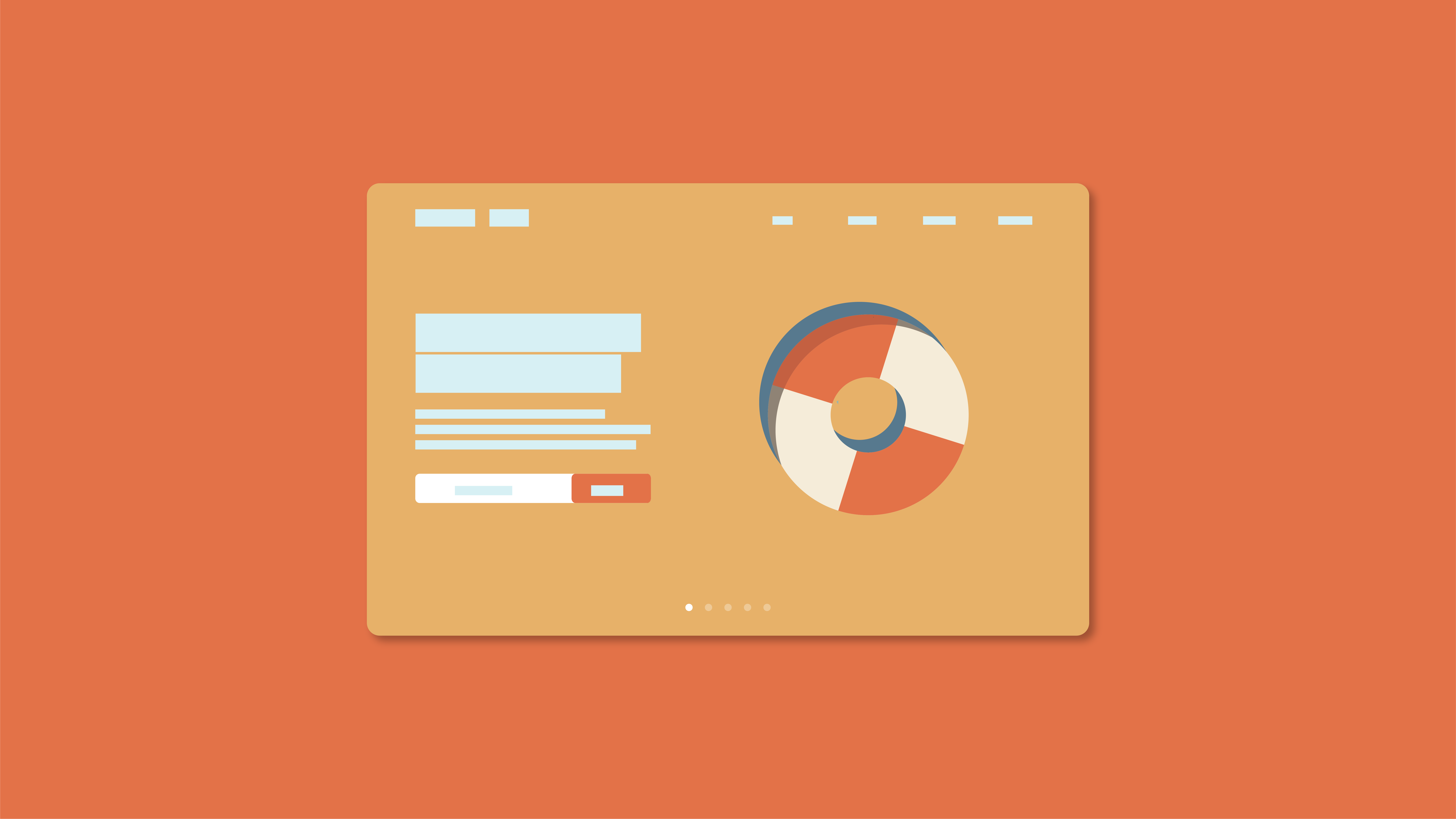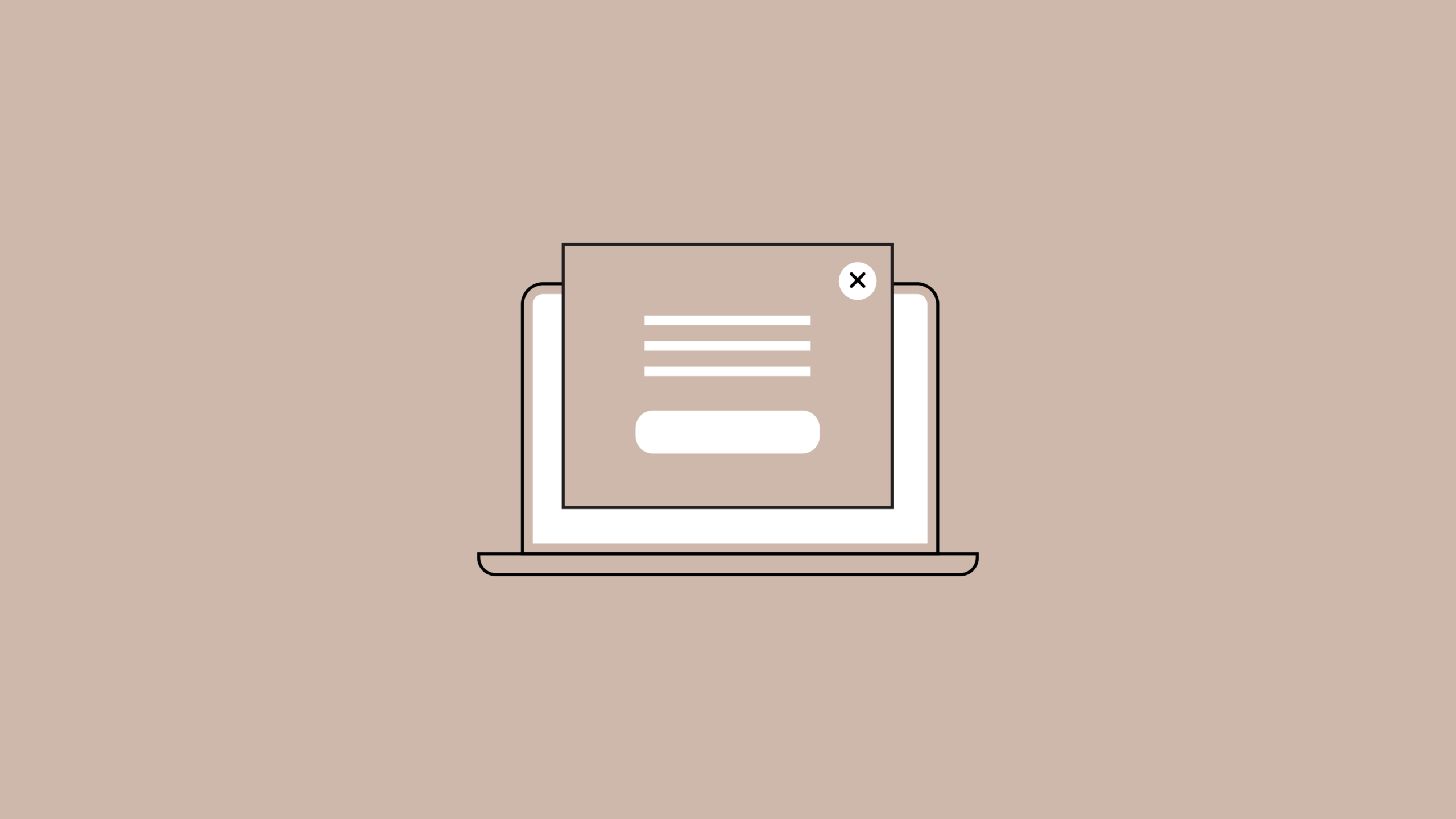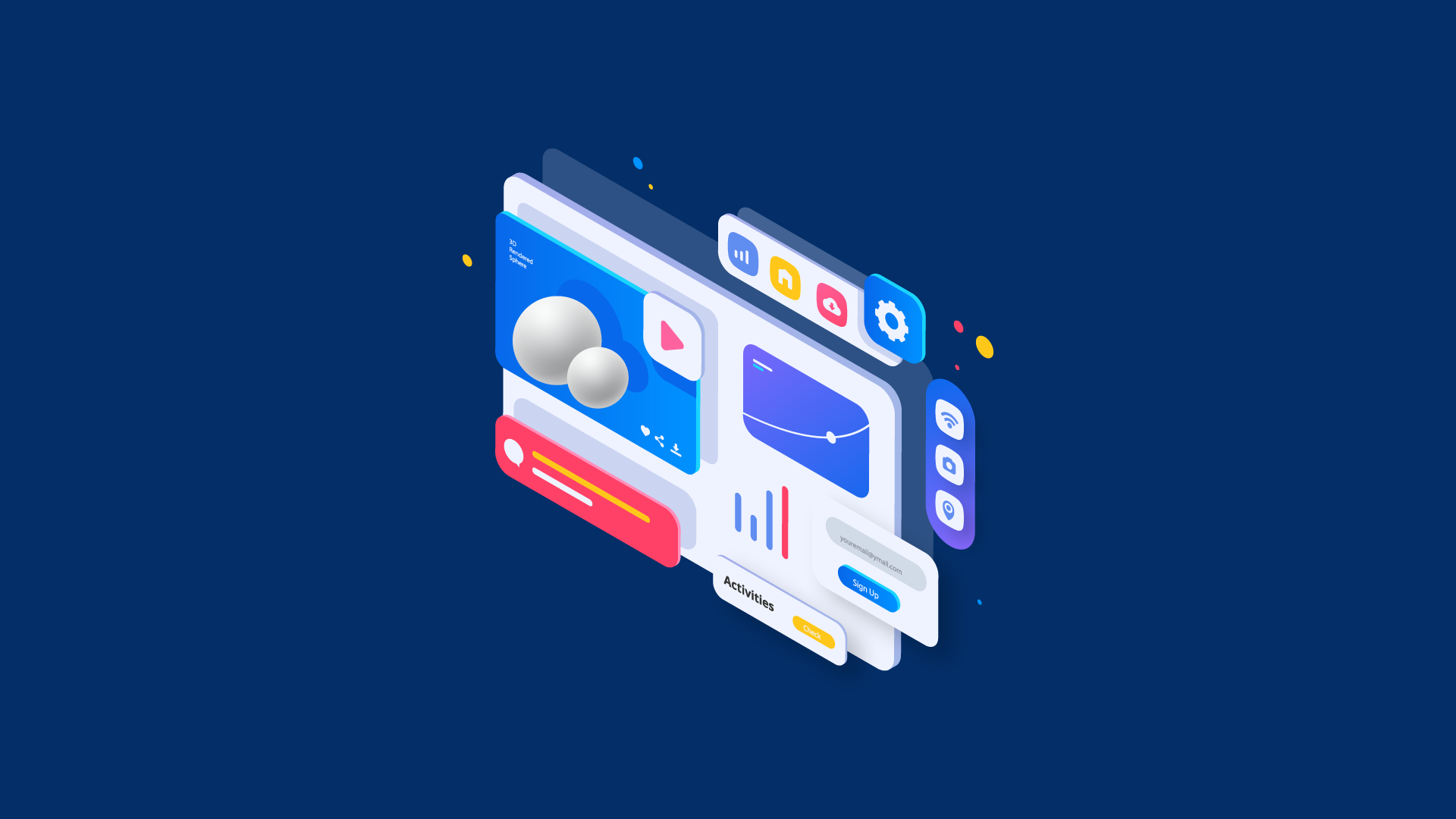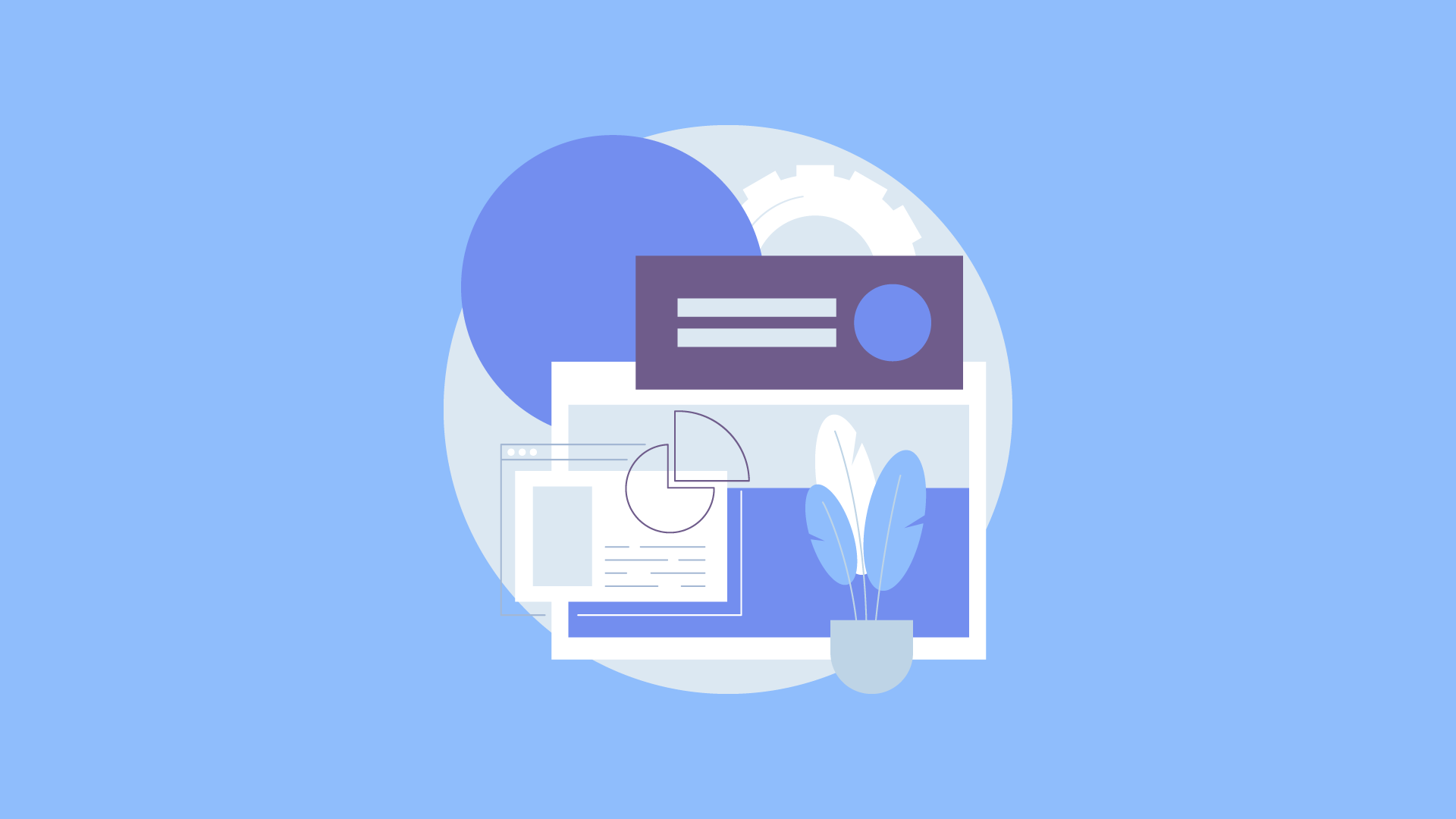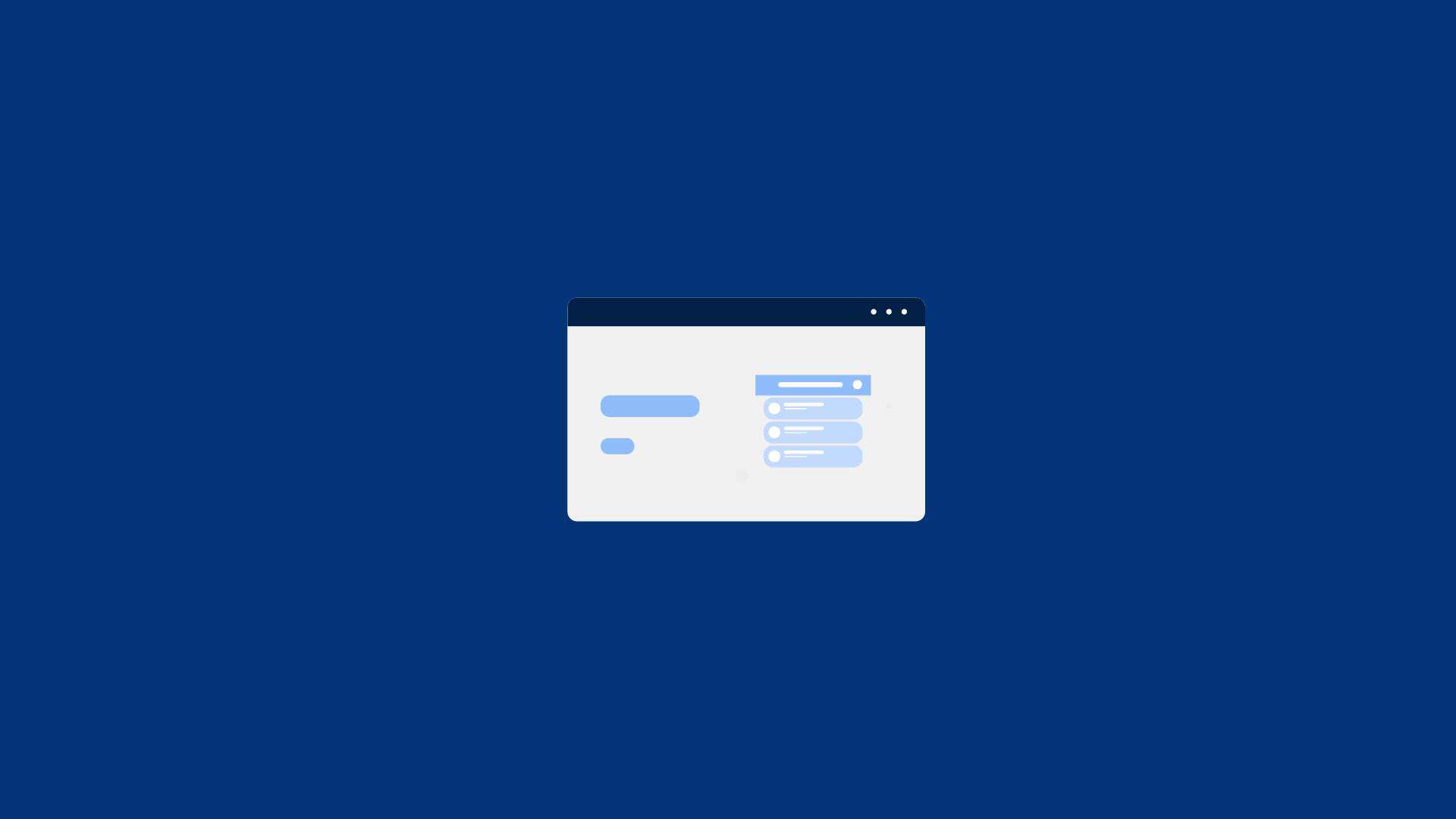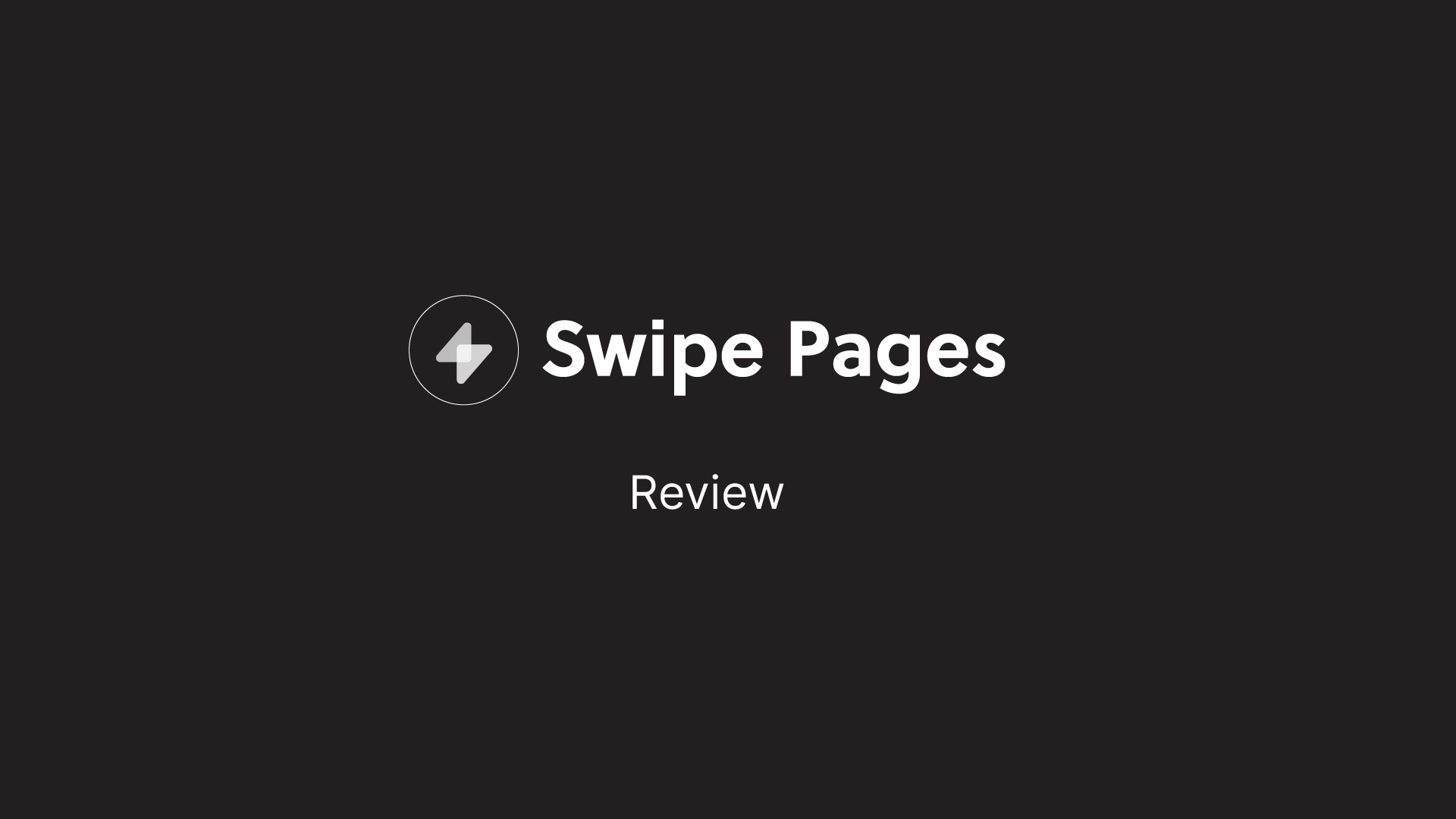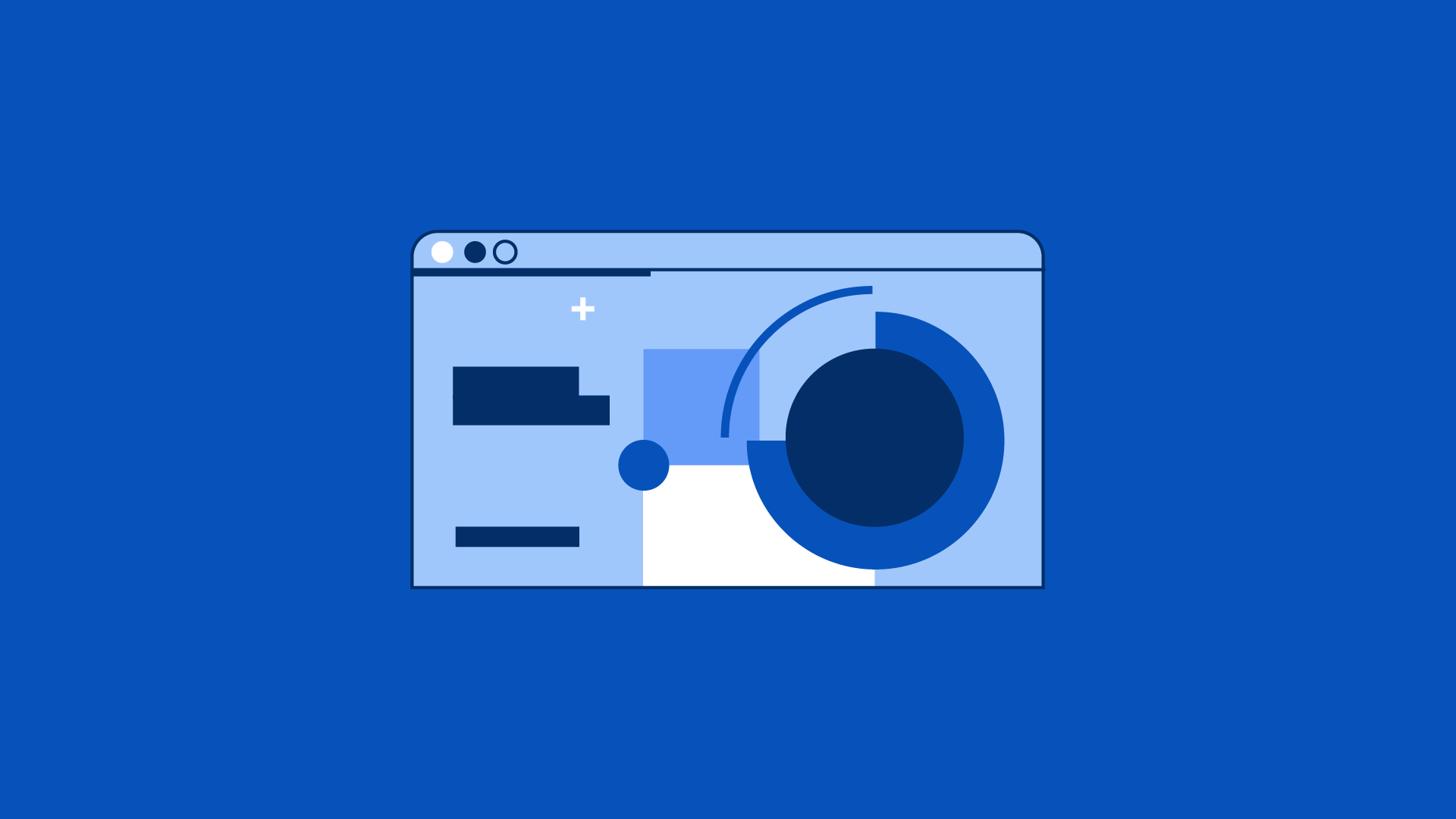A squeeze page is a landing page designed to get visitors to signup for something. Understanding the squeeze page basics is crucial, as it involves creating a specialized page intended to collect email addresses from potential subscribers by offering valuable incentives. It’s often used as part of a sales funnel, where visitors first see a form asking for their email address, then they receive a confirmation email with instructions on how to complete the form, and finally, they click a link to confirm their subscription.
The goal of any squeeze page is to convert visitors into subscribers. To do that, you must make sure that your squeeze page has a clear call to action and offers something valuable to visitors. This means that you should include a compelling headline, offer, and CTA button.
You may also want to consider adding a freebie to entice visitors to fill out the form. But remember, not every visitor will convert. Some visitors will just bounce away without filling out the form.
If you want to learn more about creating a squeeze page, check out our Ultimate Guide Landing Pages.
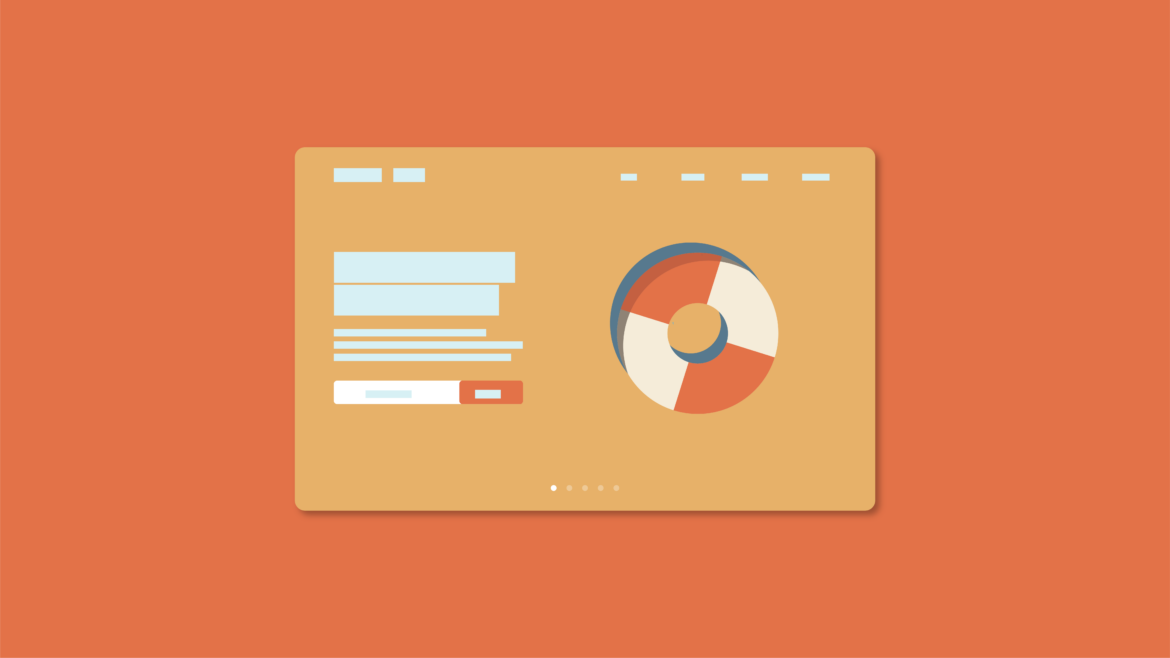
What is a Squeeze Page Used for?
A squeeze page is a type of landing page that collects emails and offers something for free. These types of pages are used to generate leads for sales. They’re often very short and contain one form that asks for an e-mail address.
Here are some examples of how you might use a squeeze page if you want to:
Collect names and contact info for your newsletter list.
Offer a free report or guide to people who sign up for your blog.
Give away a product for free.
Ask someone to take a survey about their experience with your brand.
Promote a webinar or event.
Sell a book or course.
What is a Squeeze Page?
Definition of a Squeeze Page
A squeeze page is a specialized type of landing page designed with a singular goal: to capture a visitor’s email address in exchange for a free product or service. Unlike other landing pages that might offer multiple actions or pieces of information, a squeeze page is laser-focused on one objective. It typically features a compelling offer and a simple form, intentionally interrupting the visitor’s experience to collect their contact information. The primary purpose of a squeeze page is to build an email list, which can be a valuable asset for any business looking to establish a relationship with potential customers.
Purpose of a Squeeze Page
The main purpose of a squeeze page is to provide immediate value to visitors in exchange for their email address. This value can come in various forms, such as a free eBook, a whitepaper, access to a webinar, or an email course. By offering something valuable upfront, businesses can build trust and credibility with their audience. This initial trust can significantly increase the chances of converting these visitors into paying customers down the line. Essentially, a well-crafted squeeze page serves as the first step in nurturing a long-term relationship with potential clients.
What is the Difference between a Squeeze Page and a Landing Page?
A squeeze page is a special kind of landing page that captures a visitor’s email address. A landing page is simply a web page designed to convert visitors into leads. Both types of pages include call-to-actions (CTAs), but there are some key differences.
Landing pages are typically used to promote products or services. They often feature a headline, description, image, and price tag. When someone lands on one of these pages, they want to know what you offer and how it relates to their needs. If you don’t provide enough information, they won’t buy anything.
Squeeze pages are usually used to capture emails. They tend to focus on providing value to the person reading the page. For example, if you sell software, you might use a squeeze page to ask people to sign up for a free trial. You could even give away a few pieces of software to entice them to fill out the form.
The goal is the main difference between a squeeze page and a landing page. With a landing page, you’re trying to generate sales; with a squeeze page, you’ll collect contact info.
Before you start designing your squeeze page, you must know exactly who you’re targeting. Who is your ideal customer? What do they want? How much money are they willing to spend? Once you’ve answered those questions, you’ll be able to create squeeze pages that speak directly to them.
Squeeze pages work because they’re visually appealing. They use images, graphics, videos, and even animations to grab attention. If you don’t have the budget to hire a designer, you can still incorporate visual elements into your squeeze page.
For example, you could add a video testimonial to showcase your product or service. Or you could include a graphic that highlights why your customers should choose you over your competitors.
Your goal is to convert visitors into buyers. And the way you ask people to take action is critical. A good call to action directs visitors toward a specific action like downloading an eBook, signing up for a webinar, or buying a product.
When you write your calls to action, remember what motivates your audience. Are they looking for information or products? Is there something else they’d rather do?
Here are 4 tips for creating good Squeeze pages.
1. Visualize the Benefits
The first best practice is visualizing the benefits of your lead magnets. This is one of those things that sounds really simple, but it actually takes some work to make it happen.
When I’m working with clients, we’ll start out with a list of benefits, like “save $1,000 per month,” or “increase sales by 10%.”
The biggest mistake we see marketers make is trying to hide the value of their offer. If someone visits your landing page and doesn’t understand why they should fill out your form, they’re likely to bounce. But if they do decide to take the plunge, they’ll appreciate knowing what they’re signing up for.
This is where visualizing the benefits of your offer becomes critical. You want to show people exactly what they’ll gain by filling out your form on high converting squeeze pages.
And since most leads are already familiar with the product or service you’re selling, you don’t necessarily need to go deep into the nitty gritty. Instead, focus on highlighting the features and benefits that set your offer apart from others.
For example, if you sell software, highlight the fact that your program is cloud-based, versus the competition’s desktop version. Or if you run a gym, talk about how many classes you have compared to competitors.
If you’ve got a sales-to-funnel, you can even include a video showcasing how your solution solves a problem. For example, if your funnel includes a webinar, you could embed a short demo video of the presenter explaining how the tool helps businesses like yours grow.
2. Use Social Proof
Marketers often overlook social proof, especially on squeeze pages. But, according to HubSpot, social proof is one of the most effective ways to persuade visitors to take action.
In fact, studies show that people are more likely to buy a product after seeing a review or recommendation from someone else. So, make sure you use social proof—both positive and negative—to encourage prospects to convert.
A good squeeze page example will highlight the use of social proof effectively, showcasing powerful headlines, compelling calls-to-action, and lead magnets to convert visitors into subscribers.
Testimonial videos are one of the most effective forms of social proof because they provide real people talking about you and what you do. They help establish trust and credibility. When done well, testimonials can even boost sales.
But how do you make sure yours look authentic?
Here are some tips to keep in mind.
Get permission. Before you start shooting the video, ask for permission. You don’t want to embarrass anyone or violate privacy laws. If someone doesn’t give you permission, find another way to capture their story.
Keep it short. Don’t try to sell your product or pitch your brand. Instead, focus on telling a compelling story. People will watch longer videos, but shorter ones tend to perform better.
Have a plan. Know where you’re headed and how long each clip will take. Also, consider whether you’ll edit together multiple clips into one video or shoot individual segments.
Find the best person. Look for people who are happy with your product or service and who seem genuine. Ask yourself questions like “What makes them tick?” and “How could I use this information to my advantage?”
Shoot high-quality footage. Avoid shaky hands and poor lighting. Focus on getting good audio too.
Edit carefully. Once you’ve shot everything, go through each segment and cut away anything unnecessary. Try to avoid cutting off the face of the speaker.
3. Keep It Brief
Long squeeze pages are often used to generate leads and sales. To improve their effectiveness, it's crucial to optimize squeeze pages by using relevant keywords and meta tags to enhance search visibility and attract organic traffic.
In fact, some studies show that people actually perform worse on long squeeze pages than on shorter ones. Why? Because they’ve already read most of what you have to say and they’re looking for something else. So why waste their time?
The key to making a successful long squeeze page is keeping it brief. A lot of marketers think that length equals quality, but that’s simply not true. There’s nothing wrong with having a lengthy page; there’s plenty of room for information. But make sure that you’re giving enough value to your audience so that they’ll want to stick around.
So how do you make sure that your squeeze page doesn’t end up being too long? Here are some tips:
Make sure that your headline grabs attention.
Use bullet points to break down the information that follows.
Include a call to action that encourages readers to take action.
Avoid including unnecessary text like testimonials or case studies.
Test multiple versions of your squeeze page to see what works best.
Set up smart traffic to compare the performance of each variant.
Be careful not to overdo it. A long squeeze page isn’t likely to help you much.
4. Target the Right Audience
If you’re looking to build a list, the best thing to do is to start building relationships with those people. This is where your website comes into play. If you’ve got a blog, make sure to include opt-in boxes on every post. And if you don’t have a blog, use a free WordPress plugin such as OptinMonster or LeadPages to create one.
Once you’ve built up some trust and credibility with your prospects, it’s time to create a squeeze page. A squeeze page is a landing page designed specifically to convert leads into customers. They are typically short, sweet, and to the point. Here are three things you want to keep in mind when creating yours:
Make it clear what the visitor will receive for signing up.
Include a strong call to action.
Keep it simple.
The goal of your squeeze page isn’t to overwhelm visitors with information. Instead, it’s to give them just enough info to convince them to sign up. Once they’ve done that, you’ll be able to nurture them over time.
Benefits of Using Squeeze Pages
How Squeeze Pages Can Improve Conversion Rates
Squeeze pages are powerful tools for improving conversion rates because they provide a clear and focused call-to-action. By eliminating distractions and minimizing the number of form fields, businesses can significantly increase the likelihood that visitors will opt-in to their email list. Here are some specific benefits of using squeeze pages:
Increased Conversion Rates: Squeeze pages can boost conversion rates by offering a straightforward and compelling call-to-action, making it easy for visitors to understand what they need to do.
Targeted Email List: By capturing email addresses, businesses can build a highly targeted email list. This targeted list can lead to higher conversion rates and increased revenue, as the audience is already interested in what the business offers.
Improved Lead Generation: Squeeze pages help generate high-quality leads by providing value upfront. This initial value can make visitors more likely to engage with future marketing efforts.
Increased Brand Awareness: A well-designed squeeze page can also help increase brand awareness. By delivering a clear and concise message, businesses can leave a lasting impression on visitors.
By incorporating squeeze pages into their marketing strategy, businesses can not only improve their conversion rates but also build a more engaged and targeted email list, ultimately leading to increased revenue and brand loyalty.
What Makes a Good Squeeze Page?
A squeeze page is one of those things you see online that looks like it could work really well, but you just don’t know why.
You might think that a squeeze page is something that you can make yourself, but there are actually some pretty complicated rules about what makes the best squeeze pages. In fact, we found out that there are some very specific guidelines that you must follow if you want to build a successful squeeze page.
The most important thing to remember about a squeeze page is that it needs to be compelling. If you look at almost every single example of a squeeze page that you find online, you’ll notice that they’re filled with tons of text and images. This is because the goal of a squeeze page is to persuade visitors to take action. So, you need to make sure that whatever you do on your squeeze page is designed to persuade visitors to take that action.
Another key element of a great squeeze page is that it doesn’t try too hard. There are lots of examples of squeeze pages where the entire page is crammed full of offers and promotions.
These types of pages tend to feel spammy and unprofessional, so avoid doing anything like that. Instead, keep your focus on persuading visitors to take action.
Finally, you need to make absolutely certain that your squeeze page is optimized for mobile devices. Most people use smartphones and tablets to browse the web, so you need to make sure your squeeze page works perfectly on both desktop computers and mobile phones.
If you follow these three simple rules, you’ll end up with a squeeze page that converts better than 95% of the ones that you see online.
What Makes an Enticing Offer for a Squeeze Page?
A squeeze page is a landing web page that asks visitors to enter their name and visitor's email address before moving on to another site, usually a sales page. You can use it to collect emails, promote offers, or sell products. But what makes one enticing enough for people to give up their personal data?
The answer lies in how you design the page. Here are some things to consider:
Include a clear call to action.
Use a headline that grabs attention.
Provide a strong incentive to sign up.
Tell a story about why someone needs your product or service.
Add a video.
Splash Page vas. Pop-Up Squeeze Page: Two Popular Formats
A splash page is a good choice if you want to create an opt-in form without having to build a full-fledged landing page. You can use various squeeze page formats, such as a popup or a splash screen, to do it.
There are two main ways to create a splash page: a pop-up or a splash page. In general, splash pages work best because they allow you to show off some information about your brand while capturing emails. They also give people a chance to learn more about what you offer.
Pop-ups are great if you’re looking to collect emails. If you’ve ever visited a site and been asked to sign up for something, chances are you saw a pop-up. These types of forms usually ask for contact information like name and email address.
Both formats work well together. For example, you could set up a pop-up on your homepage and then link to a separate page where you display a splash page. This allows you to keep your branding consistent throughout your entire site while collecting emails.
Squeeze Page Design Best Practices & Tips
A squeeze page is a landing page designed to capture leads and turn them into customers. A good squeeze page does three things well: it provides value, offers something exclusive, and asks for information.
You don’t want to waste visitors’ time, so you should keep those goals in mind while designing your squeeze page. Here are some best practices and tips to help you design a successful squeeze page using squeeze page templates.
Value: Make sure your squeeze page provides real value to the visitor. If there isn’t enough value, they won’t bother filling out the form.
Exclusivity: Your goal is to convert the lead into a customer, so make sure that your offer is unique. This doesn’t mean that you shouldn’t provide value; it simply means that you shouldn’t give away everything for free.
Form Fields: Keep the number of form fields down to a minimum. Too many fields make the process cumbersome.
Don’t Overwhelm: Don’t ask for too much upfront. People might feel overwhelmed and decide to go somewhere else.
Ask For Just Enough Up Front: Ask for just the bare minimum amount upfront. Add extra form fields in the following steps.
Include Fewer Form Fields On Initial Form And More On Followup Form: Include fewer form fields on your initial form and more on your follow-up form.
Basic elements of squeeze page design
Squeeze pages are one of the most powerful lead-generation tools out there. They allow you to capture leads without having to spend money upfront. In fact, it’s possible to generate hundreds of leads per month for free. But how do you make sure that your squeeze pages convert into sales? Here are some basic elements of the squeeze page design, along with some squeeze page examples to illustrate effective practices.
The main goal of every squeeze page is to convince people to give up their contact information. This usually happens because the visitor sees something compelling enough to want to know more about what you offer. Make sure that your value proposition is clear and concise. If you don’t provide a clear answer to the question “Why should I care?”, potential customers won’t bother filling out your form.
Your call to action needs to be clear and obvious. You should use a button that says “Submit” or “Get More Info”. Don’t forget to add a link to your homepage or another relevant landing page.
Make sure that your copy is easy to read and understand. Use short sentences and bullet points whenever possible. Avoid long paragraphs and complex sentence structures. Your text should be engaging and informative.
Squeeze pages are one of the most effective ways to generate leads online. But there’s a catch: You’ll probably never hear anyone say “I got my first lead from a squeeze page.”
That’s because creating a squeeze page isn’t actually very hard. All you need to do is find a free template, customize it, add a few calls to action, and start driving traffic to it. Once people land on the page, you’ve done your job.
But here’s where things get tricky: If you don’t optimize the squeeze page for conversions, you could end up wasting money and time. So, make sure you create a great squeeze page to generate leads.
